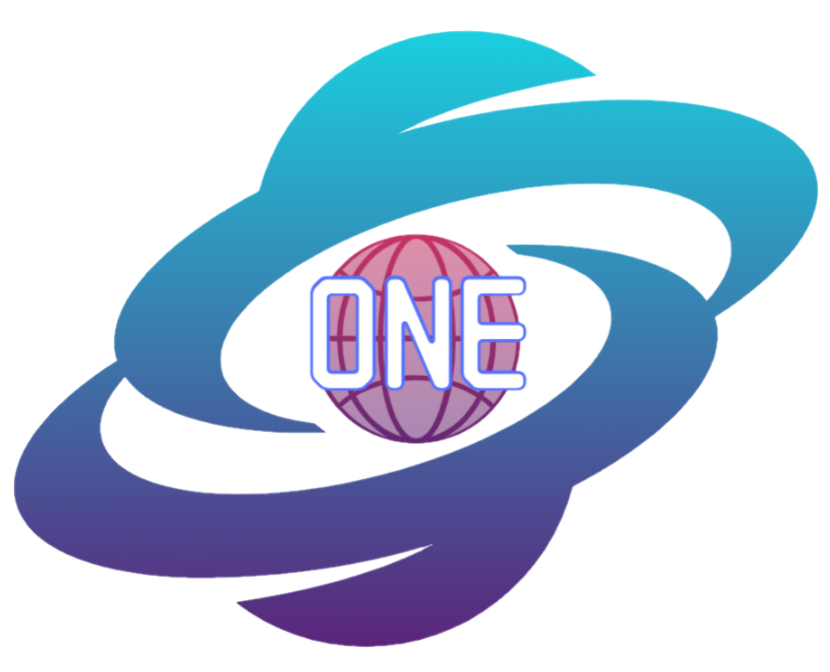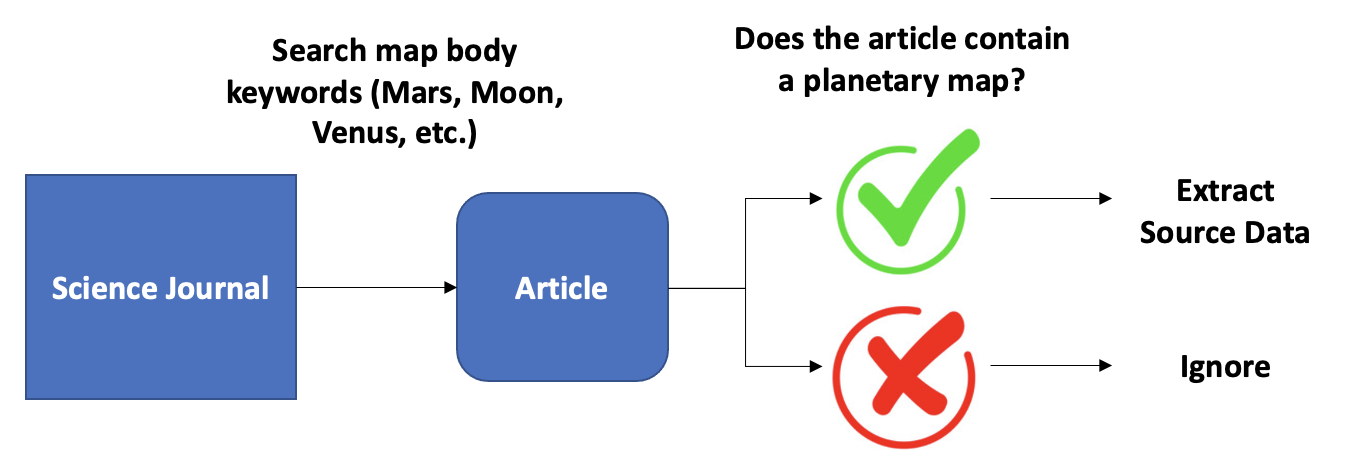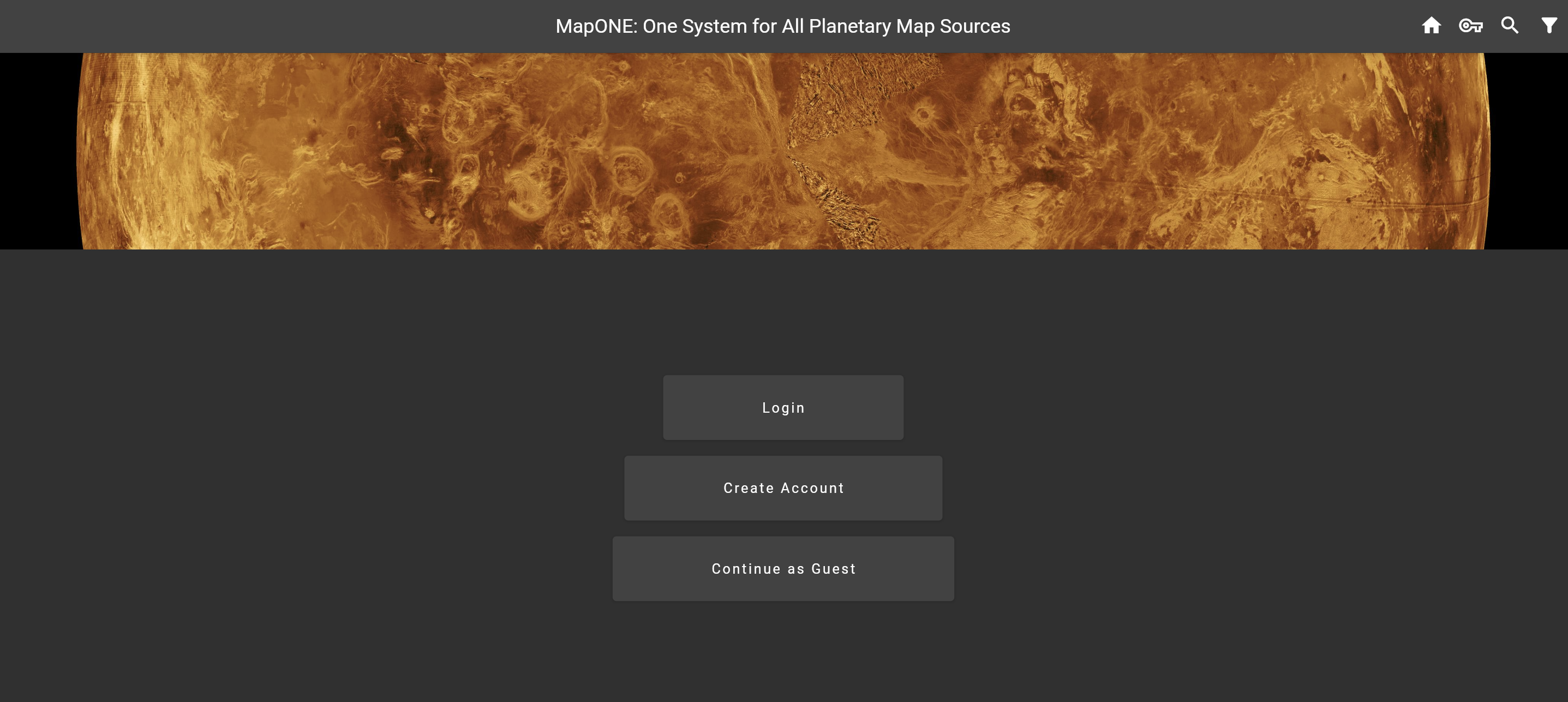 Documentation
Development Plan
Our Solution
Home
Documentation
Development Plan
Our Solution
Home
The planetary science community develops, collects, and distributes cartographic research on the solar system. Scientists use planetary maps and related resources for various reasons - from surveying space exploration sites to collecting data on planetary elemental composition. The client, the United States Geological Survey (USGS) Planetary Geologic Mapping (PGM) Program, assists the community by developing tools and resources to better access and use planetary data for these purposes.
Unfortunately, the community faces challenges in collecting map products across multiple platforms. There are two venues for map publication: through USGS or in various online journal articles and conference papers. Because USGS mandates certain map standards, many non-USGS products are instead distributed in these online publications. Currently, scientists and researchers have to seek out these independent articles to locate map products. This is often time-consuming to view hundreds of science journals across the internet. Nevertheless, USGS is responsible for providing the community with data on all planetary maps regardless of how they are published. Thus, the project team's goal is to collect and display source data on these publications so researchers can quickly and accurately locate non-USGS maps.
The project team has developed MapONE, a web application that displays metadata (source name, source link, map body, map scale, article title, author, and publication date) on these publications. To populate the application, the project team must first locate articles containing map products. The team uses a web scraper that searches through common science journals and pulls publication metadata when a map product is identified. This data is then passed to the application which can be viewed by users. Instead of wasting time locating map products, researchers can now view, save, and request maps using MapONE.

Figure 1. Web Scraper Workflow.

Figure 2. Software Architecture & Implementation.

Figure 3. MapONE's Main Page.

Figure 4. MapONE's User Account Page.

Flutter: Frontend web-based GUI.

Django: Full-stack web framework.

Keras: Python-based machine learning library used for the web scraper.

SQLite: Database structure.

Python: High-level programming language.

Heroku: Used to host the GUI and web framework.
Users will have access to the following features:

Team MapONE 2022